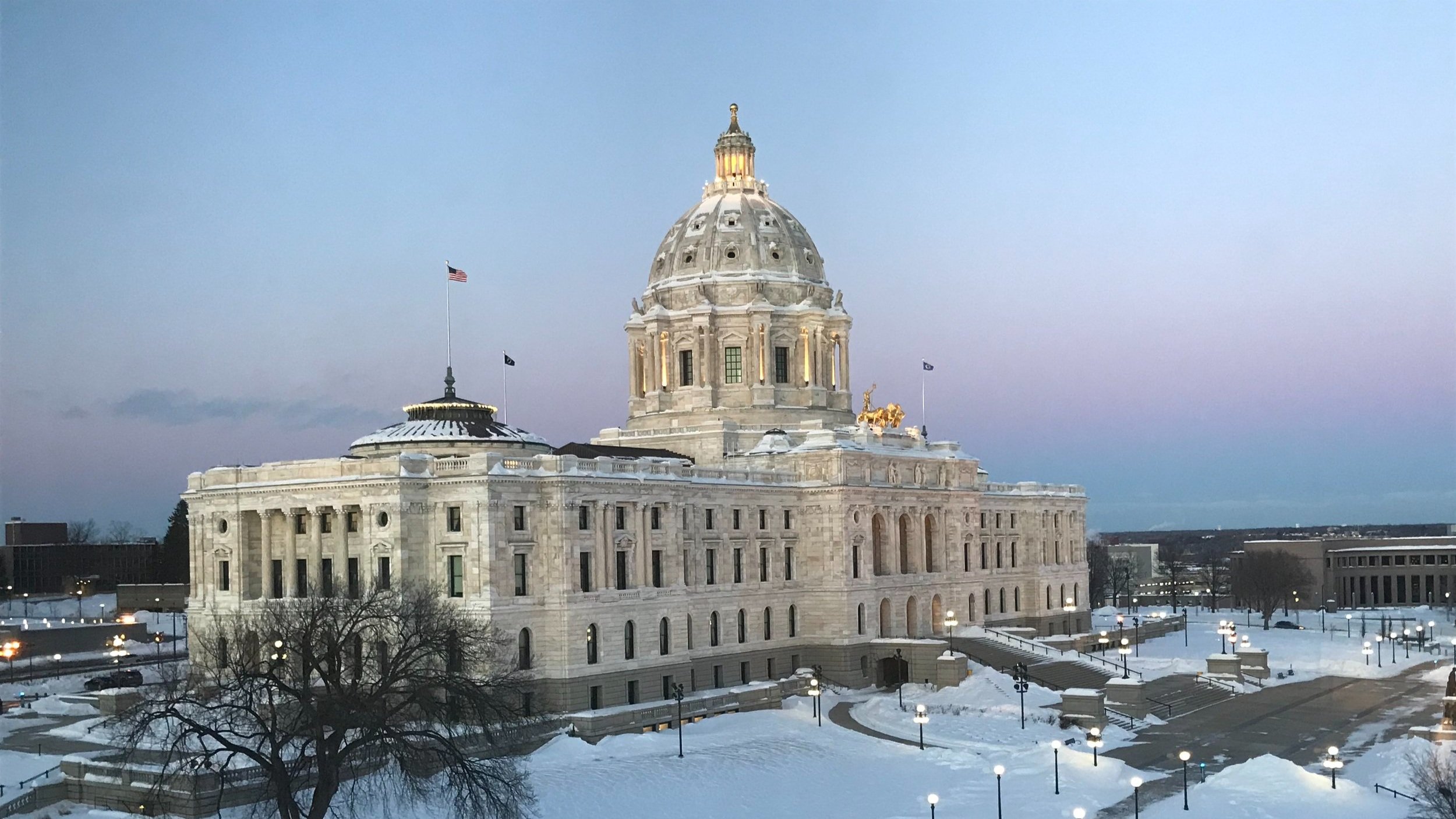Special Education Cross Subsidy Explained (8/14/2022)
In the 1970s, the federal government passed a law in relation to the American Disabilities Act (ADA) - this law stated that school districts were required to provide special education services to all students in need. The law was a mandate designed to ensure special needs would be met and entitled all students to a quality education. The law also stated that the federal government would cover 40% of the cost for schools.
While the law indicates that the federal government will provide 40% of the cost to provide special education, Congress has severely underfunded this mandate. In Minnesota, school districts have typically only received 10% to 14% of the cost required to fund special education.
The General Fund
A school district’s general fund is where most of its money resides. This fund is used for general costs such as energy, staffing, and textbooks. It also provides essential services to students, such as counseling and mental health services.
An Underfunded Mandate
When the federal government underfunds the law requiring schools to fully fund special education services, it means that those special education costs have to be paid out of the general fund. This results in less funding available for staffing and other essential school needs.
Less money in the general fund inevitably leads to cutbacks in schools. For instance, it can be the cause of larger class sizes and fewer extra-curricular activities. When schools cannot afford all of the staff they need it results in larger class sizes. Reducing staff often results in lower tiered teachers (newer teachers) being the first to be let go. This leads to a constant turnover of professional educators. Special education students suffer too, as some are only in special education for 20% of the day; the rest of the day they are in class with the general student population and these cutbacks affect the education of the entire student body.
How This Affects Minnesota
Every single school district in Minnesota is affected by the cross-subsidy deficit. In ISD 196 (our home district) there is a 25 million dollar deficit. In Rochester that number is 19 million. Covering this underfunded mandate from a schools general fund is required and affects all school services across the budget.
It’s What Schools Want
I spoke to school districts across the state, and it was clear that a large number of school districts list the funding of the special education cross-subsidy as one of their top priorities.
Legislative Fix…
This last year, Minnesota had over a 12 billion dollar surplus. It was a great opportunity to be able to use some of that money to help shore up Minnesota’s schools. I co-authored a bill that would have reduced the special education deficit by up to 40% and this passed the house.
Unfortunately, an agreement could not be reached with the republican controlled senate.
I believe this is an issue that should be addressed in a special session this year. It’s what schools and communities want and need. This money could free up funds for schools to provide more essential services to students. This would be a wise and prudent investment for Minnesota and would be one of the best uses of our state’s historic surplus.
I will continue to advocate to return in special session and complete this work for our education system. We have kicked this can down the road for too long. Minnesotans expect their representatives to solve problems. I am ready to get back to work and deliver for all our communities across the state.
Look for our next blog on Sunday, August 28th!






